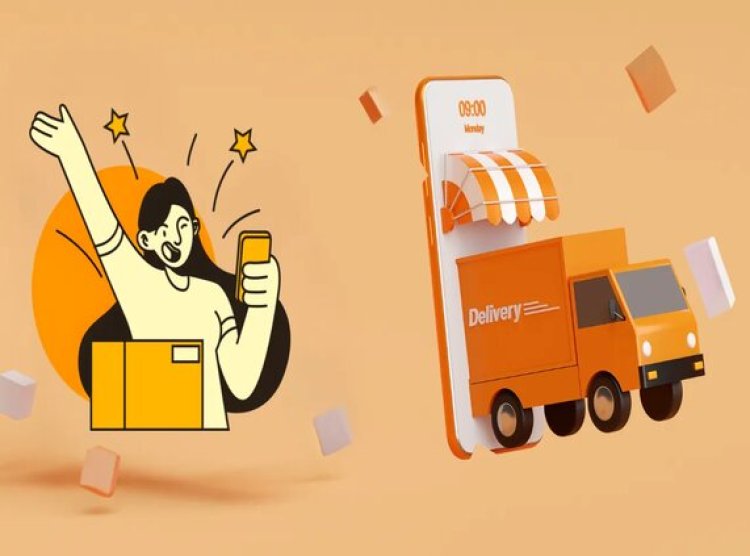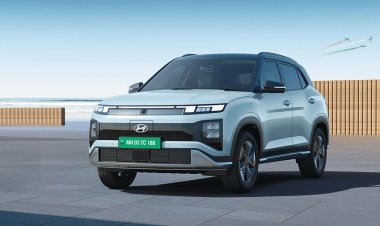India’s Quick Commerce Boom: Meta’s Role in Driving E-Commerce Growth
India's quick commerce surge is reshaping online shopping. Meta's social media platforms boost awareness, discoverability, and conversion, especially in tier-2 & 3 cities.

India’s e-commerce landscape has experienced significant changes in recent years, with quick commerce emerging as a key trend. Brands like Zepto, Blinkit, Swiggy Instamart, and BigBasket are setting new standards for convenience, enabling consumers to purchase everything from wedding trousseaus to the latest iPhone 15 in a flash. This model has disrupted traditional e-commerce by offering hyper-fast delivery, changing how people shop online.
As the industry evolves, the role of technology, consumer behavior, and cultural nuances is becoming more evident. Meta, the parent company of social media giants like Facebook and Instagram, has played a significant role in fueling the growth of quick commerce brands, particularly in tier-2 and tier-3 towns across India.
Meghna Apparao, Meta’s Director of E-Commerce (India), spoke with afaqs!, sharing insights from Meta’s GWI-Quick-commerce report. According to her, the standout feature of quick commerce in India is its ability to operate profitably, attracting a broad base of customers who now shop online regularly—far beyond just taking advantage of occasional deals or discounts.
Meta’s Role in Quick Commerce
The GWI-Quick-commerce report highlights that social media is a key channel for discovering new products and brands. Over 90% of consumers are aware of quick commerce, with 60% of that awareness coming from ads on Instagram or Facebook. Apparao explains that Meta’s AI plays a critical role in seamlessly connecting users with relevant products, making the discovery-to-purchase journey smooth and efficient.
She also pointed out that quick commerce platforms are heavily investing in Meta’s platforms to target consumers, focusing on both discovery and conversion. This is particularly effective in emerging markets, where Meta helps drive demand by raising awareness, showcasing new products, and tailoring ads based on location-specific needs and user preferences.
Influencers and Content Creators Driving Demand
Another key element in the success of quick commerce is the growing influence of content creators. Apparao believes that regional influencers have a powerful impact on local audiences. Authentic recommendations from creators resonate more strongly than endorsements from national celebrities. According to the report, 30% of people make purchases based on influencer recommendations, and 22% buy products directly via links or click-throughs shared by influencers.
Demand Patterns in Smaller Towns
In smaller towns, quick commerce platforms are combining grocery, convenience, and gifting categories, reflecting the unique purchasing habits of these regions. Unlike metro cities, where adoption is more phased, quick commerce in smaller towns is growing rapidly and holistically, integrating diverse product categories at once. Apparao notes that these platforms are leveraging insights from metro patterns but localizing their offerings with the help of creators and regional trends.
Expanding Product Categories and Consumer Spending
Quick commerce platforms are increasingly catering to convenience-driven consumers in tier-2 and tier-3 cities, expanding their offerings beyond groceries to include electronics, beauty products, and even festive goods. The Meta report reveals that 46% of consumers in India are spending more on fresh groceries, 40% on packaged goods, and 39%on clothing, with 36% spending more on food delivery. Even more impressive, a perfume brand saw a 45% sales spike during Valentine’s Day through quick commerce platforms.
New Advertising Trends
The rise of quick commerce is also sparking new advertising trends, particularly collaborative ads. Major brands like Unilever, Mondelez, and Dabur are now leveraging specific quick commerce platforms to target customers more precisely and increase conversion rates. Apparao highlights that this type of advertising is becoming more popular as brands look for innovative ways to reach and engage consumers.
In summary, the quick commerce boom in India, fueled by Meta’s platforms and social media ads, is reshaping the future of e-commerce. By combining AI-driven targeting, influencer marketing, and a focus on local needs, quick commerce is set to thrive across both urban and rural India, offering consumers unparalleled convenience and choice.

 sheetal
sheetal 










